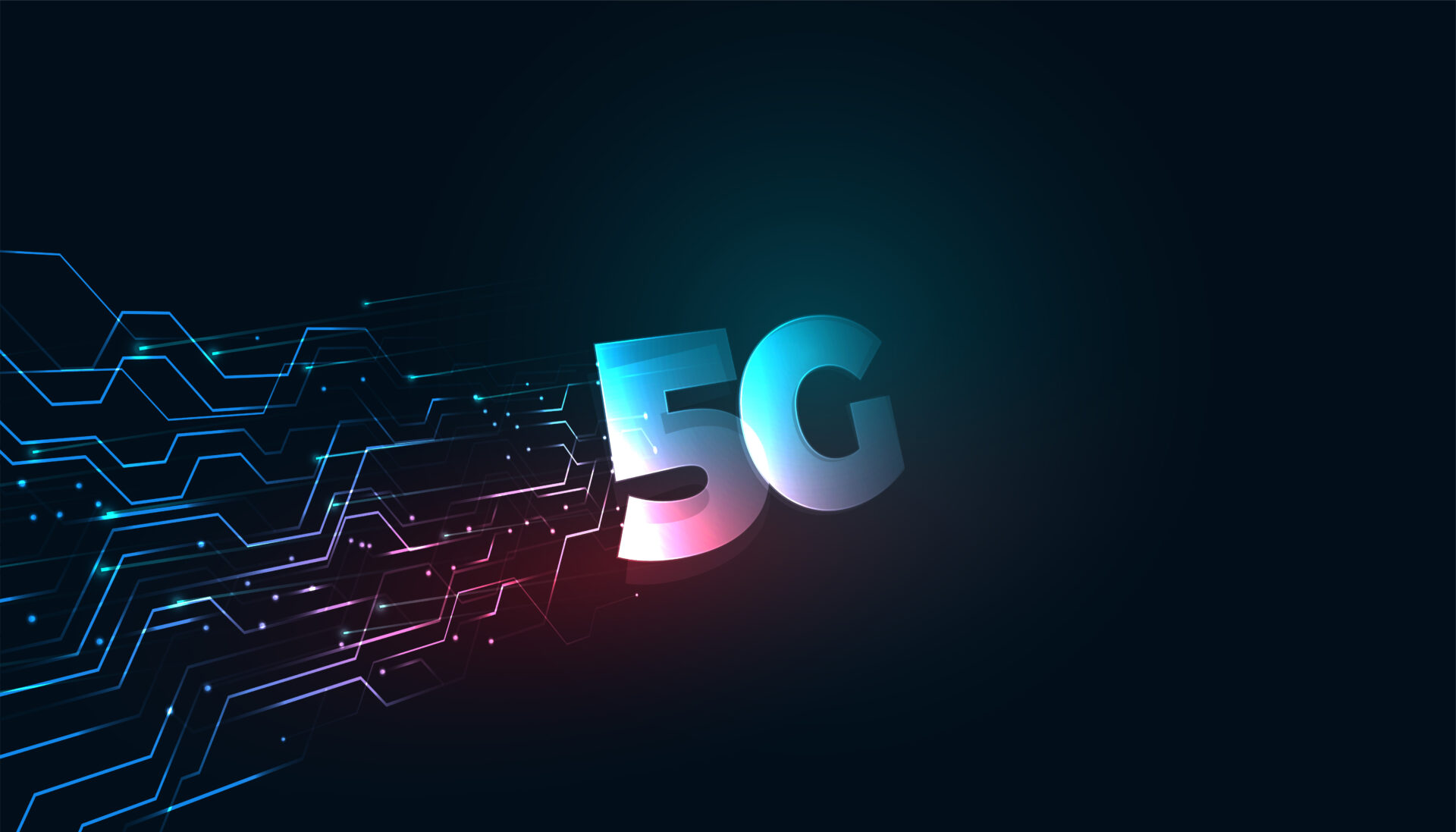Five key messages from this whitepaper
1. Media usage habits and expectations are changing radically. While linear television on a fixed screen (television), possibly supported by local caching for non-real-time advertising, remains an important element, the overall media and entertainment (M&E) user experience are rapidly expanding and deepening. These are service types (linear media, content on-demand, user-generated content, games, etc.), consumer environments (on the road, at home, etc.), and user devices (televisions, smartphones, tablets, wearables, watches, virtual reality devices)
2. M&E services face a growing demand for data rates, the number of concurrent users, and/or stricter QoS requirements. High-quality, high-definition audiovisual services are the main drivers for higher downlink data rates, while user-generated content, including social media sharing, is driving the higher uplink data rates
3. 5G seamlessly integrates a wide variety of network technologies, including unicast, multicast, and broadcast, as well as features (such as caching) that may be needed to bring M&E services to everyone
4. The scalability of the 5G network will be the key to sustainable business models for network operators as well as for applications, devices, and service providers and thus for constantly changing devices and services.
5. 5G will also advance the M&E transformation ecosystem by opening up simple APIs/toolkits/environments to adapt real-time network functions to the needs of content applications.


